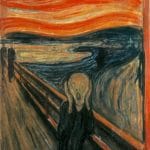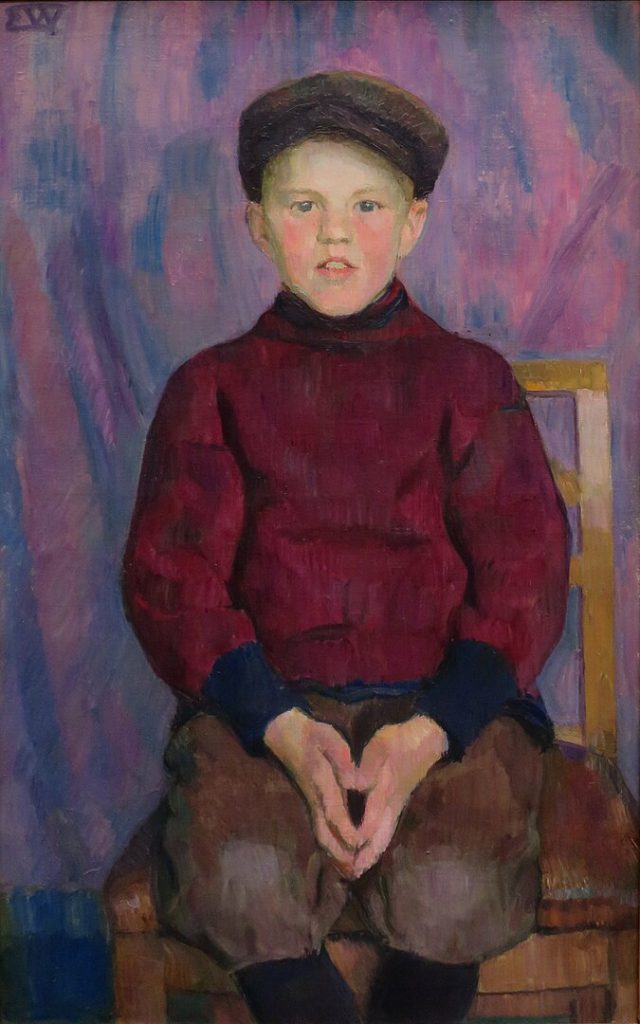
Erik Werenskiold (1855–1938), a Norwegian painter and illustrator, emerged as a prominent figure in the cultural landscape of Norway during a period of significant societal transformation. Born on February 11, 1855, in Kongsvinger, Norway, Werenskiold’s artistic journey reflected a deep connection to his roots and a commitment to preserving the essence of Norwegian folk life.
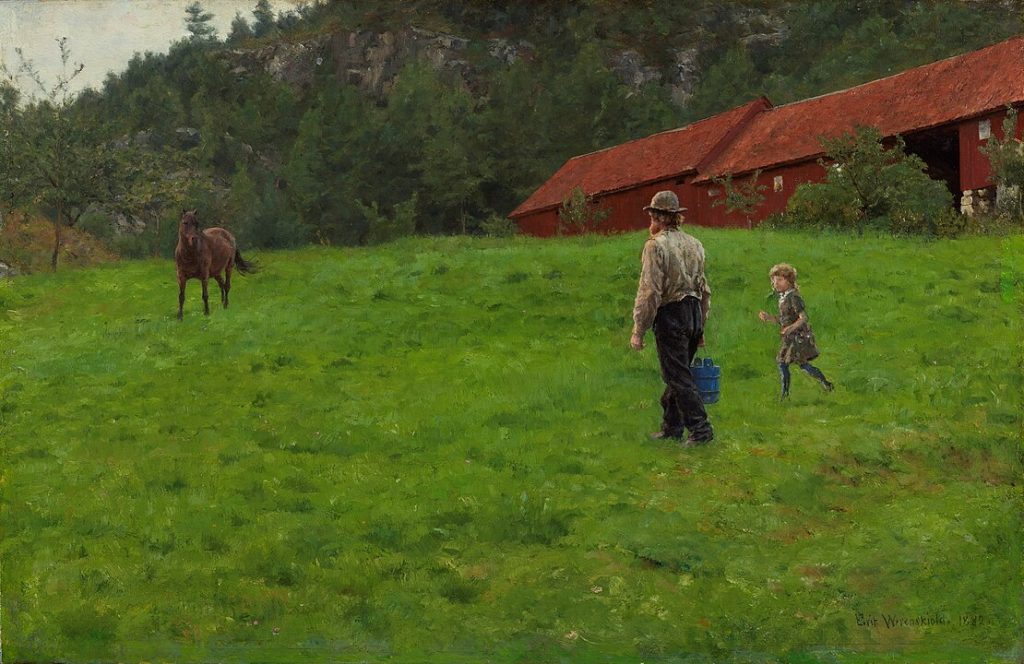
Werenskiold’s early years were marked by the evolving dynamics of 19th-century Norway. As the country transitioned from agrarian societies to more industrialized communities, Werenskiold’s artistic inclinations were profoundly influenced. Growing up amidst this societal shift, he developed an acute awareness of the changing landscape and a keen interest in capturing the rustic beauty of rural Norway.
Intro to Norwegian Traditions
The artist’s introduction to the world of art began with exposure to traditional Norwegian folk art, particularly wood carving and rosemaling. These early influences laid the groundwork for Werenskiold’s later artistic endeavors, shaping his distinctive style that merged academic training with a profound appreciation for the simplicity and authenticity inherent in folk art.
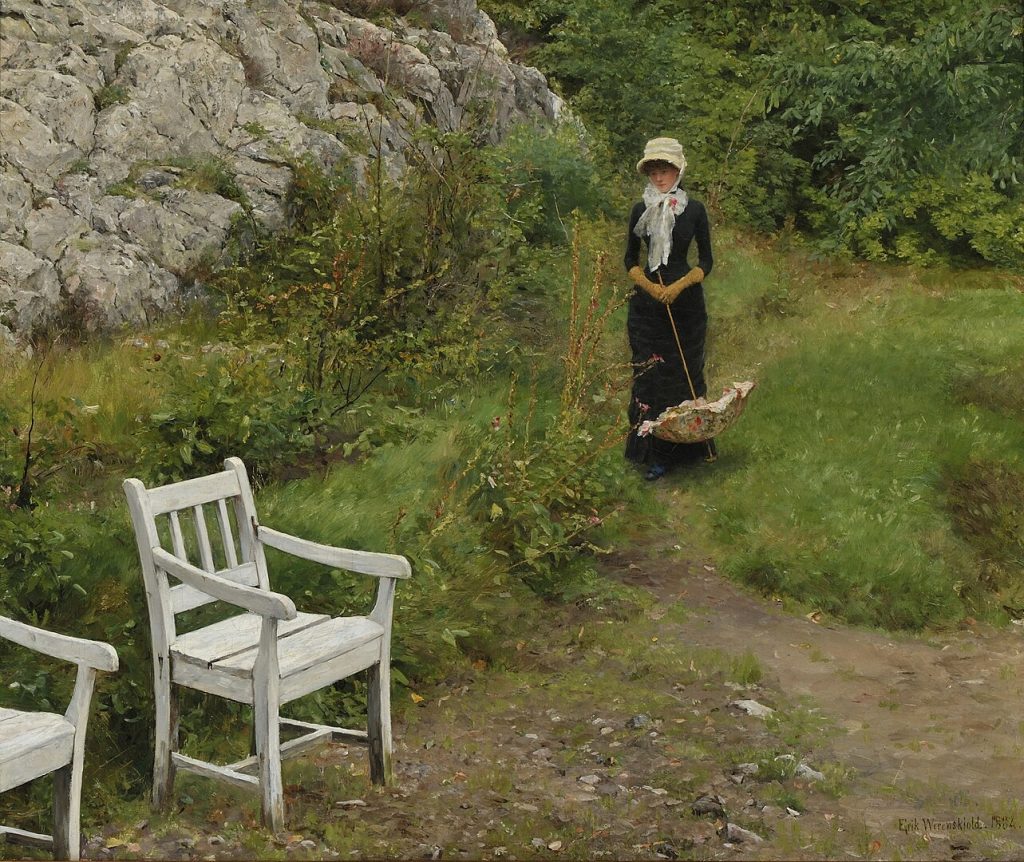
Werenskiold’s formal artistic education took place at the Royal School of Art and Design in Oslo, where he studied under the guidance of the renowned Norwegian painter Knud Bergslien. This period marked the blossoming of his artistic prowess, as he honed his skills and developed a unique style that would later become the hallmark of his oeuvre.
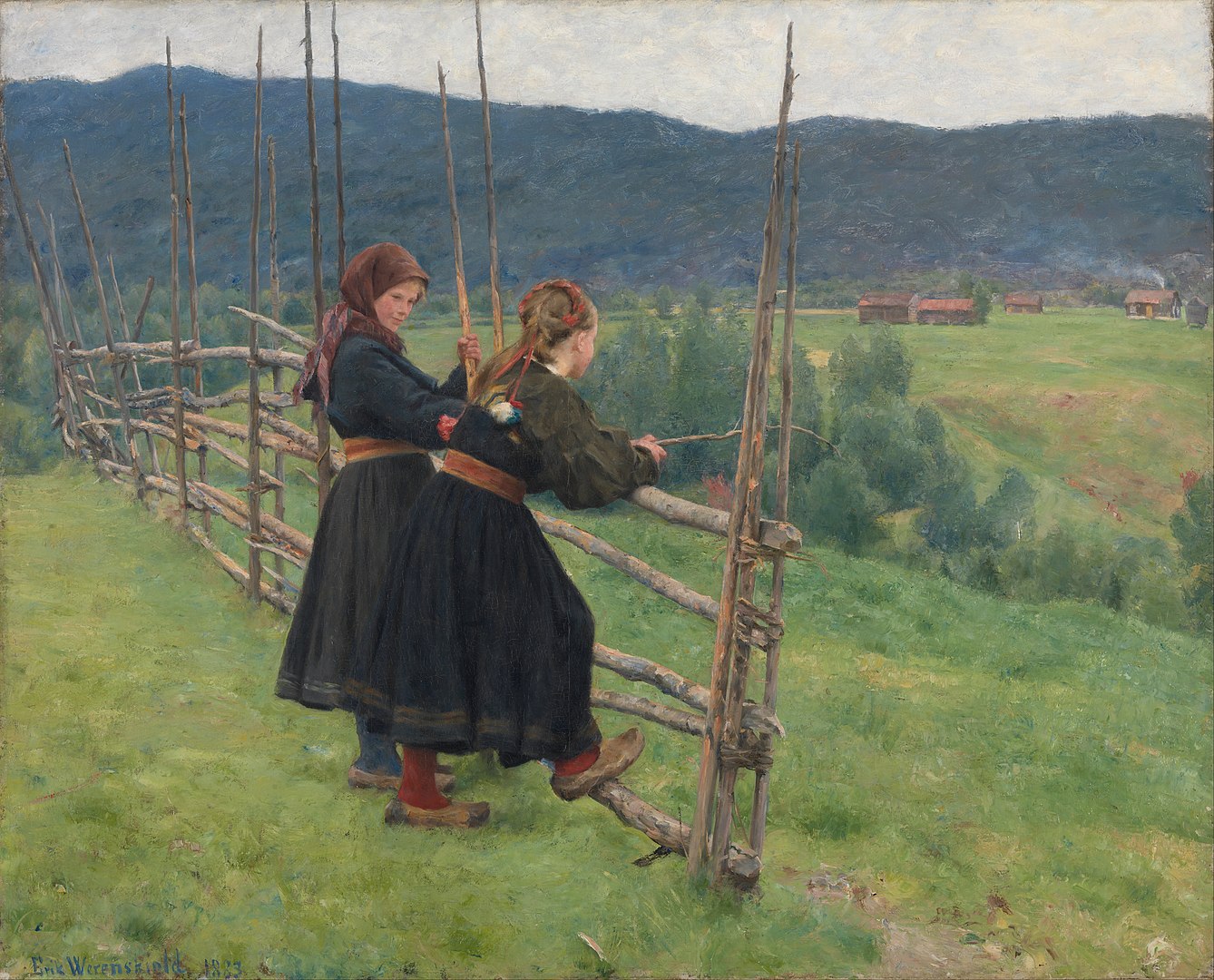
A significant turning point in Werenskiold’s artistic journey occurred when he joined forces with his close friend and fellow artist Theodor Kittelsen. Together, they embarked on extensive journeys into the Norwegian countryside, capturing the essence of rural life through their paintings. This exploration of Norwegian folk life became a central theme in Werenskiold’s work, reflecting his fascination with the intimate connection between the people of Norway and their natural surroundings.
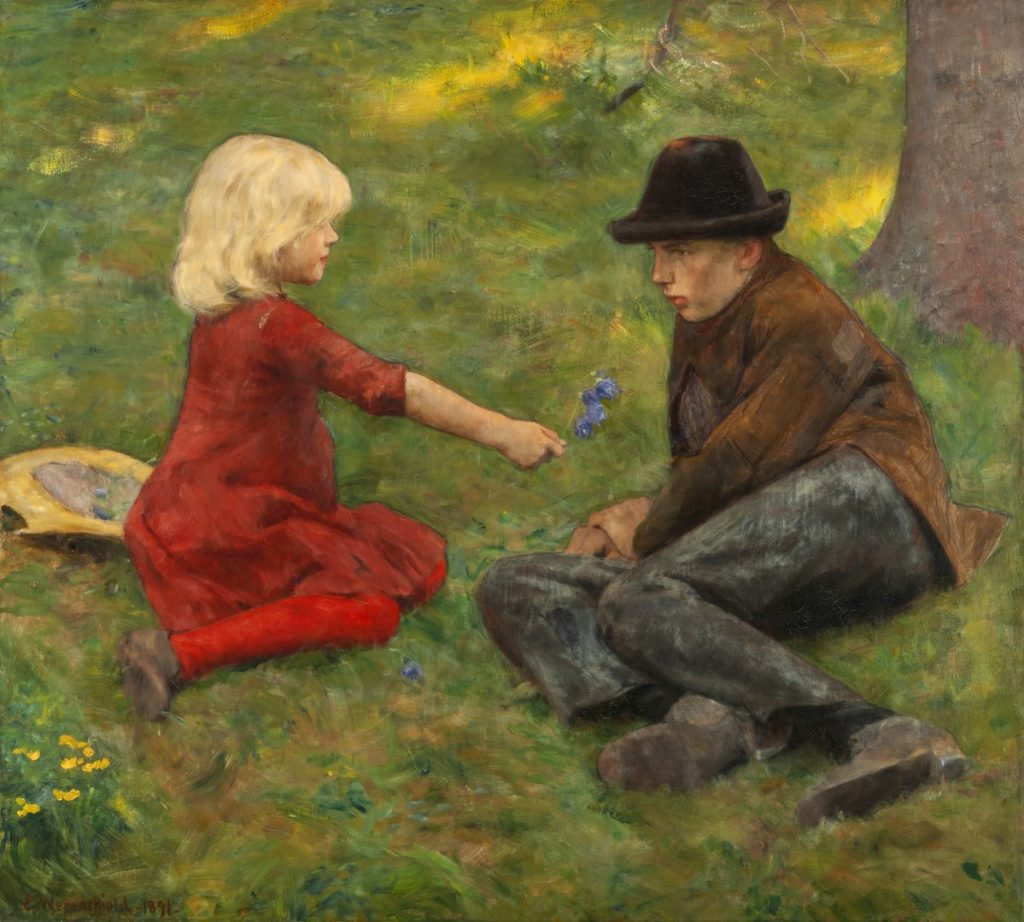
Werenskiold’s mastery of color and light played a pivotal role in bringing his depictions of Norwegian folk life to life on canvas. His paintings, such as “Bridal Procession in Hardanger” and “The Water Sprite,” not only showcased his technical prowess but also underscored his commitment to preserving the cultural heritage of his homeland. Through his art, Werenskiold transported viewers to a world where tradition and nature coexisted harmoniously.
…And an Illustrator
Beyond his contributions to fine art, Erik Werenskiold made significant strides in the realm of illustration, collaborating with authors such as Jørgen Moe and Peter Christen Asbjørnsen. Together, they produced iconic illustrations for Norwegian folktales and fairy tales. Werenskiold’s illustrations, characterized by their whimsical yet evocative nature, played a crucial role in popularizing Norwegian folklore within the country and beyond its borders.
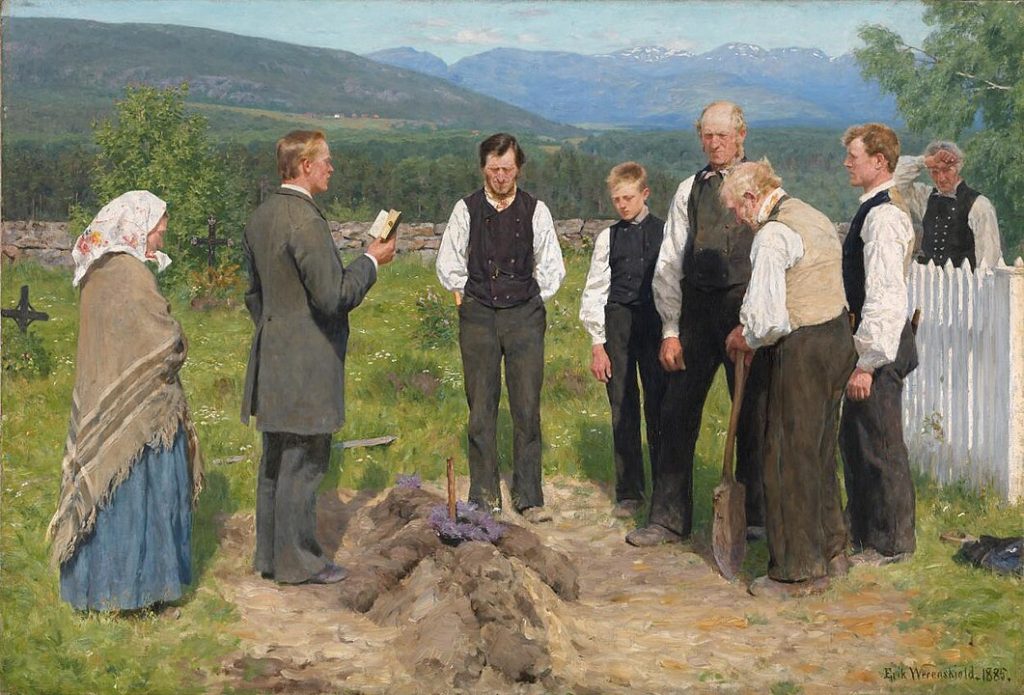
Erik Werenskiold’s dedication to preserving the cultural fabric of Norway earned him recognition and acclaim. His legacy extends beyond the canvas, influencing subsequent generations of artists who sought to capture the spirit of their homeland. The enduring appeal of Werenskiold’s works lies in his ability to transcend the confines of time, allowing viewers to connect with the rich tapestry of Norwegian folk life that he so passionately portrayed.
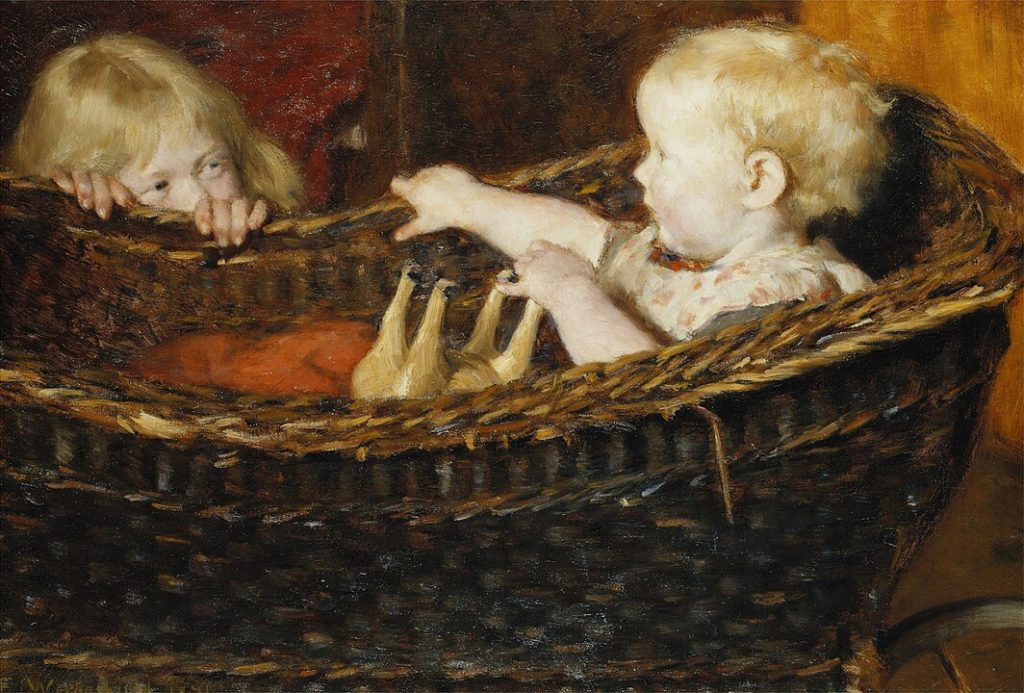
In conclusion, Erik Werenskiold’s biography is a testament to his commitment to celebrating the beauty of Norwegian folk life. Through his paintings and illustrations, he not only captured the picturesque landscapes but also immortalized the traditions and stories that define the cultural identity of Norway. Werenskiold’s legacy endures as a source of inspiration for artists and admirers alike, ensuring that the heartbeat of Norwegian folk life continues to echo through the corridors of time.


